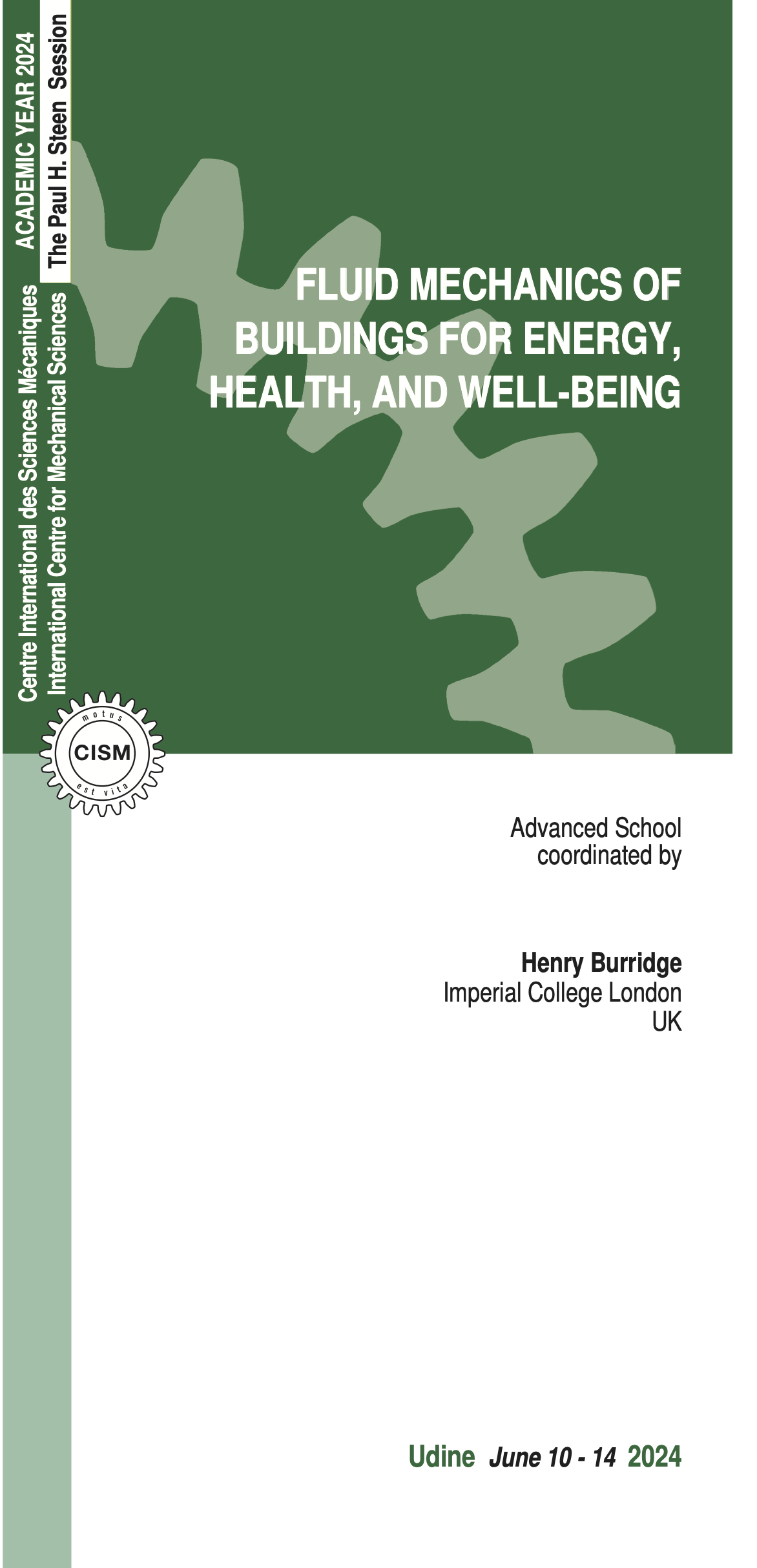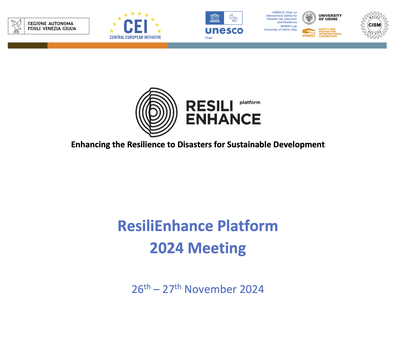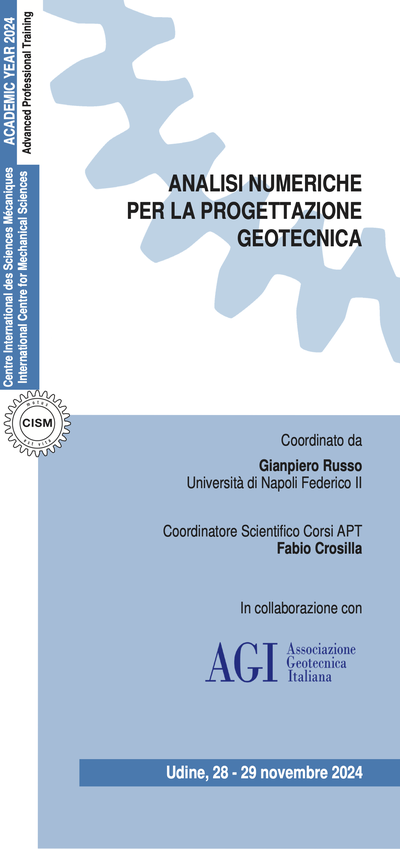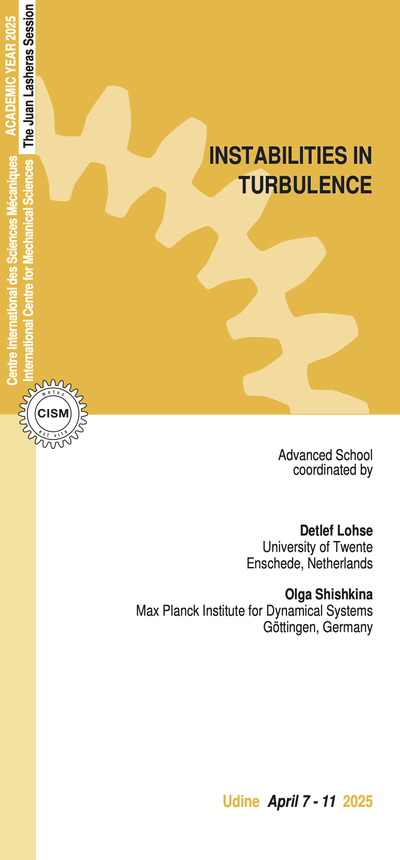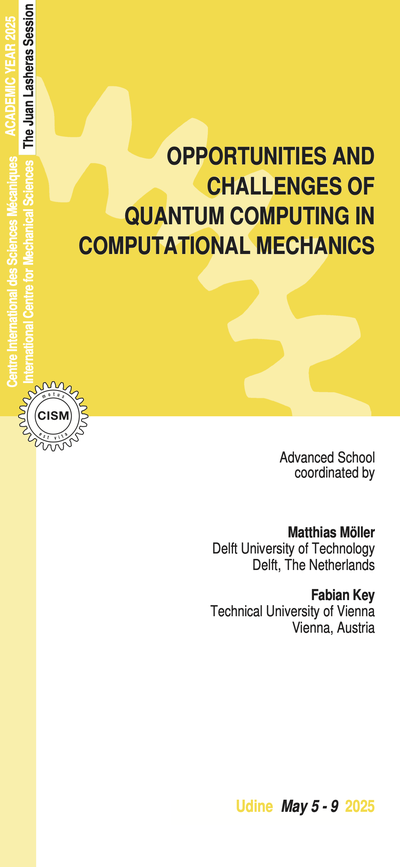This course will expose attendees to a holistic overview of environments within buildings and highlight some of the impacts of these environments. Building on robust scientific principles of fluid mechanics, thermodynamics, and the biochemistry of indoor air attendees will be led through considerations of the impacts on energy consumption, thermal comfort, indoor air exposures, disease transmission, and ultimately reflect on linkages to human health, well-being, and productivity. The summer school will comprise of five inter-connected lecture courses. An introduction to urban fluid mechanics will consider the dynamics of flows around buildings, including pollutant sources and dispersion. The thermal performance of buildings and their energy usage will be considered with a focus on human comfort and performance. How we might ventilate our buildings effectively and using less energy will consider passive strategies and the resulting fluid dynamics. This will be linked to the pollutants we face indoors and our exposures thereto. Finally, solutions for assessing and mitigating the health, productivity, and well-being impacts of buildings will be presented.
Details of the topics covered within the summer school include atmospheric boundary layers and the stability thereof. Introduction to airflows into, and around, urban environments, alongside the impacts of a changing climate and urban heat islands, and mitigation measures will be discussed. Urban pollution sources, and dispersion models, will be introduced. Moving indoors, heat transfer within buildings and the thermo-physiology of humans will be presented in the context of thermal comfort. Links between the indoor environment quality and performance will be evidenced, alongside discussion of measurement methodologies. Heat, moisture, and pollutant balances will be developed to model indoor conditions and inform mitigations, including ventilation and air cleaning. The importance of psychrometrics and radiant heat transfer in buildings will be established. The forcing of ventilation flows by natural means will be discussed, and studies of single rooms will be linked to building network flow analysis. The importance of flows with room for the human experience will be emphasised and linked to the role of pointwise monitoring of conditions within rooms. Selected low-energy ventilation and heating/cooling strategies, and associated technologies, will be described. Indoor air pollution, and its implications, will be discussed including both particulate and gaseous pollutants and the transmission of infectious disease. The learning from large-scale studies of indoor air quality will be highlighted. The evidence for health impacts of indoor environments will be introduced, and evidence for infection transmission discussed. Exposure risk models will be presented alongside the practicalities of their deployment. Current topics, and future issues associated with indoor air quality and human exposure will be presented and discussed.
da Graça GC and Linden PF (2016). Ten questions about natural ventilation of non-domestic buildings. Building and Environment 107: 263-273. https://doi.org/10.1016/j.buildenv.2016.08.007
Linden PF (1999). The fluid mechanics of natural ventilation, Annu. Rev. Fluid Mech., http://dx.doi.org/10.1146/annurev.fluid.31.1.201
Nazaroff WW. Residential air change rates: A critical review. Indoor Air. 2021 Mar;31(2):282-313, https://doi.org/10.1111/ina.12785
Oke TR (2017), Urban Climates, Cambridge University Press. https://doi.org/10.1017/9781139016476
Pérez-Lombard L, Ortiz J and Pout C (2008). A review on buildings energy consumption information.
Energy and buildings, 40(3), 394-398. https://doi.org/10.1016/j.enbuild.2007.03.007
Rupp RF, Vásquez NG and Lamberts R (2015). A review of human thermal comfort in the built environment. Energy and buildings, 105, 178-205. https://doi.org/10.1016/j.enbuild.2015.07.047
Wang CC, et al. (2021). Airborne transmission of respiratory viruses, Science. https://doi.org/10.1126/science.abd9149
Weschler CJ (2009). Changes in indoor pollutants since the 1950s. Atmospheric environment. Jan 1;43(1):153-69. https://doi.org/10.1016/j.atmosenv.2008.09.044
6 lectures on: A short course in Urban Fluid Mechanics: from upstream sources to flows around buildings. The course will consider the dynamics of flows into urban environments, around buildings, and include analysis of pollutant sources and dispersion.
7 lectures on: Natural, and low-energy, ventilation of buildings. Analysis to inform how we might ventilate our buildings effectively, whilst using less energy, will be presented. The fluid dynamics of these flows will be emphasised.
6 lectures on: Indoor pollutants and links to human exposures. Learning will be linked to the pollutants we face indoors and our exposures thereto. Key pollutants, and rising challenges will be highlighted.
6 lectures on: Solutions to assess and mitigate the health, productivity, and well-being impacts of buildings. Frameworks to assess and mitigating the health, productivity, and well-being implications of buildings will be presented and discussed.
6 lectures on: Energy usage of buildings with a focus on thermal comfort. The thermal performance of buildings and their energy usage will be considered with a focus on human comfort and performance.
In addition, selected early career researchers have been invited, as guest lecturers, to present a lecture on which their research constitutes international expertise.
ADMISSION AND ACCOMMODATION
The course is offered in a hybrid format, allowing participants the flexibility to attend either in person or remotely via the Microsoft Teams platform.
Limited spots are available for on-site attendance and will be allocated on a first-come, first-served basis.
The registration fees are:
- On-site participation: 600.00 Euro + VAT*
Includes a complimentary bag, five fixed menu buffet lunches, hot beverages, downloadable lecture notes.
Deadline for on-site application is May 10, 2024.
- Live Streaming Online Participation: 250.00 Euro + VAT*
Includes downloadable lecture notes.
Deadline for online application is May 29, 2024.
Application forms should be submitted online through the website: http://www.cism.it.
A confirmation message will be sent to accepted participants.
Upon request, a limited number of on-site participants can be accommodated at CISM Guest House at the price of 35 Euro per person/night (contact: foresteria@cism.it)
* where applicable (bank charges are not included) - Italian VAT is 22%.
CANCELLATION POLICY
Applicants may cancel their registration and receive a full refund by notifying the CISM Secretariat in writing (via email) no later than:
- May 10, 2024 for on-site participants (no refunds after the deadline);
- May 29, 2024 for online participants (no refunds after the deadline).
Cancellation requests received before these deadlines will be subject to a 50.00 Euro handling fee. Incorrect payments are also subject to a 50.00 Euro handling fee.
GRANTS
A limited number of participants from universities and research centres who do not receive support from their own institutions can request a waiver of the registration fee and/or free lodging.
Requests should be sent to the CISM Secretariat by April 10, 2024, along with the applicant's curriculum vitae and a letter of recommendation from the head of the department or a supervisor confirming that the institute cannot provide funding. Preference will be given to applicants from countries that sponsor CISM.
